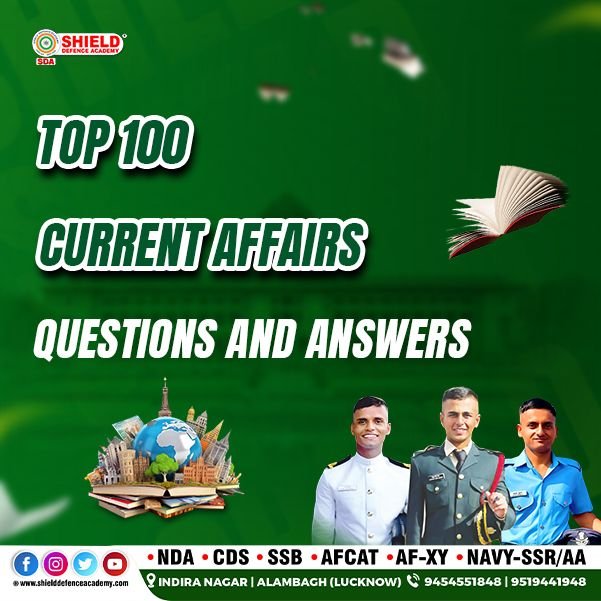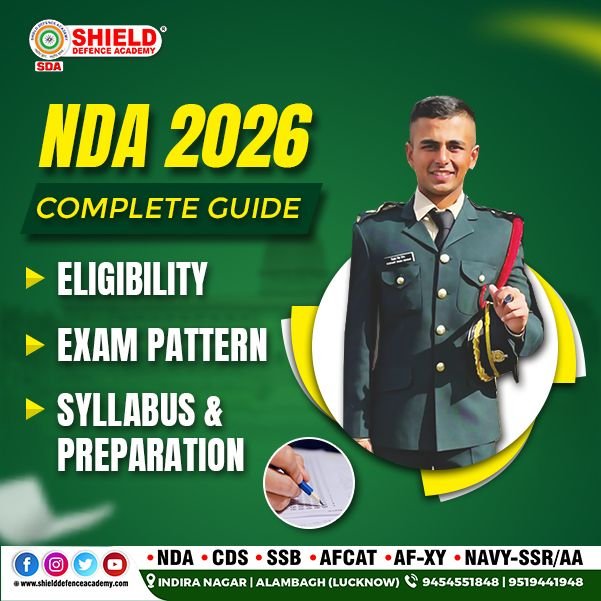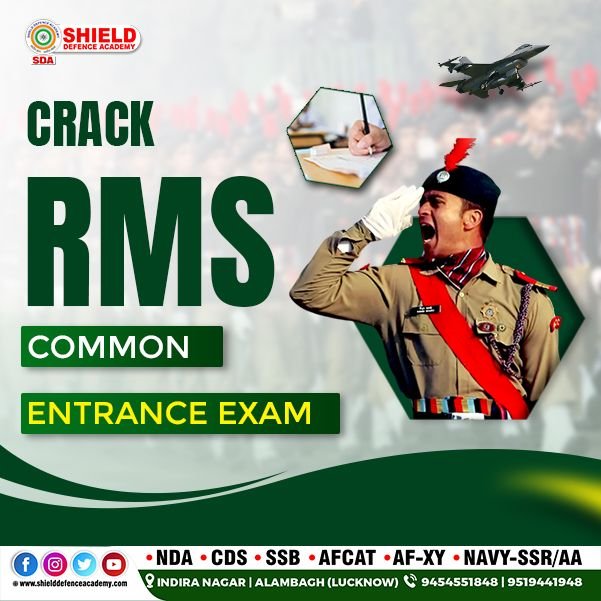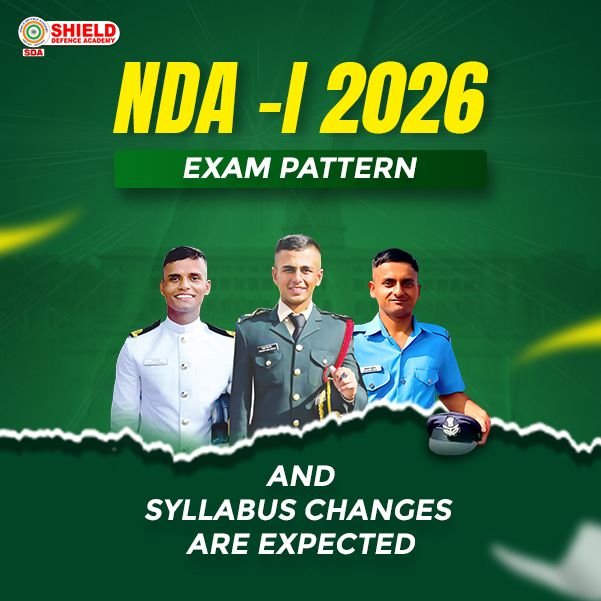The Impact of Military Exercises at a Glance: A Comprehensive Look into Global and Indian Military Collaboration
Military exercises have become essential tools for nations to not only showcase their military prowess but also enhance operational readiness, strengthen partnerships, and create a collaborative environment among participating countries. Whether it’s a bilateral drill between two allies or a multilateral exercise with several countries, these events offer a unique opportunity to test strategies, improve tactics, and ensure that forces are equipped to handle diverse threats.
What Are Military Exercises?
At their core, military exercises are rehearsals where armed forces simulate warfare or other operations. These can be as simple as small unit training or as complex as full-scale joint exercises with thousands of troops. The main aim is to practice and perfect combat techniques and operations.
Types of Military Exercises
Military exercises can be categorized into:
- Live Exercises (LIVEX): These involve real troops, ships, or planes operating in a simulated war environment.
- Command Post Exercises (CPX): These involve commanders using maps or computer simulations to plan and execute operations.
- Field Training Exercises (FTX): Troops practice real-life scenarios in the field, from combat to disaster relief.
List of military exercises of India
- Vajra Prahar
- Nomadic Elephant
- Malabar
- Mitra Shakti
- LAMITIYE
- India-China joint military exercise
- Yudh Abhyas
- Exercise Indra
- Ekuverin
Strategic Importance of Military Exercises
Military exercises enhance the operational readiness of participating forces. Countries get the chance to evaluate their capabilities, understand weaknesses, and improve tactics. Exercises also create interoperability between different nations, ensuring that when forces need to work together in real-life combat or humanitarian missions, they can do so seamlessly.
The Role of Technology in Modern Military Exercises
In today’s age, technology is increasingly playing a pivotal role in military drills. Countries are employing advanced simulations, artificial intelligence (AI), and cyber warfare training to ensure that their forces are ready for the battlefield of the future. These innovations help simulate complex scenarios that would otherwise be too dangerous or costly to recreate in real life.
India’s History of Military Exercises
India, a rising global military power, has steadily increased its participation in joint military exercises over the years. These exercises allow India to demonstrate its military capabilities, learn from global forces, and strengthen its geopolitical ties.
Military exercise between India and Nepal
Because of their close proximity and shared history, India and Nepal have a close military cooperation. The following are some salient features of India-Nepal military relations:
1. Historical Ties: Nepali soldiers fought in the British Indian Army during the British colonial era, marking the beginning of the long-standing cooperation between the Indian and Nepalese forces.
2. Combined Exercises: India and Nepal frequently engage in combined military drills, like “Surya Kiran,” which emphasizes improving interoperability between the two forces and counterterrorism operations.
3. Training and Support: The Nepalese Army receives training from the Indian Army in a number of areas, such as peacekeeping, disaster relief, and mountain combat.
4. Peacekeeping Missions: Both nations have taken part in UN peacekeeping operations, frequently sending troops jointly to keep the peace in areas of strife.
5. Security Cooperation: To confront mutual dangers, India and Nepal work together on a range of security matters, such as border security, counterterrorism, and intelligence sharing.
6. Military Support: India has given Nepal military support in the form of supplies, gear, and infrastructure development for the country’s armed forces. In general, India and Nepal’s military ties are marked by collaboration, mutual aid, and training, all of which promote peace and security in the area.
Military Exercise between India and Bangladesh
In an effort to improve collaboration and fortify their defense relations, India and Bangladesh have begun doing joint military drills. The following are some salient features of the Indian-Bangladesh military drills:
1.Exercise Sampriti:-The main joint military drill between the Indian and Bangladeshi armies is called Exercise Sampriti. It focuses on strengthening coordination, exchanging experiences, and boosting interoperability in a range of operational scenarios, particularly in humanitarian aid and counterterrorism.
2. Goals: Enhancing tactical proficiency, promoting understanding, and fortifying bilateral ties between the two countries are the primary goals of these exercises.
3. Frequency: Regular sessions of Exercise Sampriti have been conducted in Bangladesh and India. Drills, simulations, and field exercises are among the training activities that are usually included in the exercises.
4. Humanitarian Assistance and Disaster Relief (HADR): In addition to combat training, the exercises frequently incorporate elements centered on disaster relief activities, which reflects the necessity of collaboration in the face of frequent natural disasters in the area.
5. Significance: The military drills demonstrate Bangladesh’s and India’s close connections as well as their shared dedication to regional security and stability. They also give both militaries a chance to share knowledge and adjust to new situations.
Click here- SSB Interview, Check Day wise SSB Process
Military exercise between India and Russia
Russia and India have a long history of defense cooperation, and they regularly engage in joint military drills to strengthen it. The following are some salient features of the Indian-Russian military drills:
1.Exercise Indra: The Indian and Russian armed forces participate in Exercise Indra, which is their main combined military drill. Its main goal is to improve coordination and interoperability across a range of operational scenarios, such as peacekeeping and counter-terrorism.
2. Goals: Enhancing tactical proficiency, exchanging experiences, and promoting understanding between the two countries are the primary goals of Exercise Indra. The drills frequently include humanitarian aid and cooperative training in conflict situations.
3. Frequency: Regular sessions of Exercise Indra are conducted in Russia and India. A variety of ground, air, and naval troops usually participate in the drills, demonstrating a thorough approach to military cooperation.
4. Naval Exercises: Apart from ground exercises, Russia and India also engage in naval exercises like Indra Navy, which aims to improve operational readiness and maritime security.
5. Significance: By demonstrating their dedication to regional security and stability, these military drills underscore the close defense ties between Russia and India.
Military Exercise between India and Maldives
Through a number of military drills, India and the Maldives have been fortifying their defense cooperation. The following are some salient features of the Maldivian-Indian military drills:
1. Exercise Ekuverin:-The main combined military drill between the Maldives National Defence Force (MNDF) and the Indian Armed Forces is called Exercise Ekuverin. The exercise’s main goal is to improve collaboration and interoperability across a range of operational scenarios, especially in humanitarian aid and counterterrorism.
2. Goals: Enhancing tactical proficiency, exchanging best practices, and promoting understanding between the two countries’ armed services are the primary goals of Exercise Ekuverin. Training in maritime security and disaster relief activities is frequently a part of the drills.
3. Frequency: Every year, Exercise Ekuverin is held, with sessions held alternately in the Maldives and India. Usually, the exercises combine combined drills, simulations, and infantry training.
4. Significance: These military drills are important for improving security cooperation in the Indian Ocean region and for fortifying bilateral ties. They demonstrate the dedication of both nations to preserving regional peace and stability.
5. Maritime Security: These exercises also concentrate on maritime security, which is essential for both countries in terms of protecting trade routes and dealing with maritime threats because of the Maldives’ important location in the Indian Ocean.
Military Exercise between India and UAE
Through a number of military drills, India and the United Arab Emirates (UAE) have been strengthening their defense relations. The following are some salient features of the India-United Arab Emirates military drills:
1. Exercise Zayed Talwar: The Indian and UAE armed forces participate in this well-known combined military drill. The goal of the exercise is to increase both countries’ capabilities and interoperability in a range of operational scenarios.
2. Goals: Exercise Zayed Talwar’s primary goals are to strengthen maritime security cooperation, provide disaster relief training, and train together in counterterrorism. The purpose of the exercises is to promote understanding between the two armed services and to exchange best practices.
3. Frequency: Sessions of Exercise Zayed Talwar are held in India and the United Arab Emirates on a recurrent basis. Training sessions, tactical simulations, and joint drills are usually included in the exercises.
4. Significance: These military drills are important for improving security cooperation in the Gulf region and for fortifying bilateral ties. They demonstrate both nations’ dedication to upholding peace and stability and tackling shared security issues.
5. Maritime Security Focus: These drills frequently highlight naval operations to make sure both countries are equipped to handle any maritime threats, which is crucial given the strategic significance of maritime security in the area.
Conclusion
India’s military exercises with countries like Bangladesh, Russia, UAE, Maldives, and Nepal showcase the nation’s commitment to fostering strong defense partnerships and promoting regional and global security. These joint exercises serve to enhance tactical skills, improve interoperability, and build mutual trust among the participating nations. They also play a crucial role in addressing shared security challenges, such as terrorism, piracy, and natural disasters, while contributing to humanitarian efforts and disaster response preparedness. As India continues to strengthen its military collaborations, these exercises will remain vital in maintaining peace, stability, and cooperation across regions, ensuring that armed forces are prepared to meet evolving security threats.
FAQs
- What is the main purpose of military exercises? Military exercises aim to enhance operational readiness, improve tactical skills, and strengthen cooperation between participating nations.
- How often does India participate in international military exercises? India participates in numerous international military exercises annually, involving both bilateral and multilateral engagements.
- What is the purpose of the SAMPRITI exercise? The SAMPRITI exercise aims to enhance tactical and operational coordination between the Indian and Bangladesh armies, focusing on counterterrorism and peacekeeping operations.
- What is the main focus of the MITRA SHAKTI exercise? The MITRA SHAKTI exercise focuses on counterinsurgency and counterterrorism operations, enhancing tactical coordination between the Indian Army and Sri Lankan Army.
- What is the purpose of military exercises like MAITREE and INDRA? Military exercises like MAITREE and INDRA are conducted to improve coordination, combat readiness, and interoperability between the armed forces of India and its partners, focusing on counterterrorism, maritime security, and joint operations.










